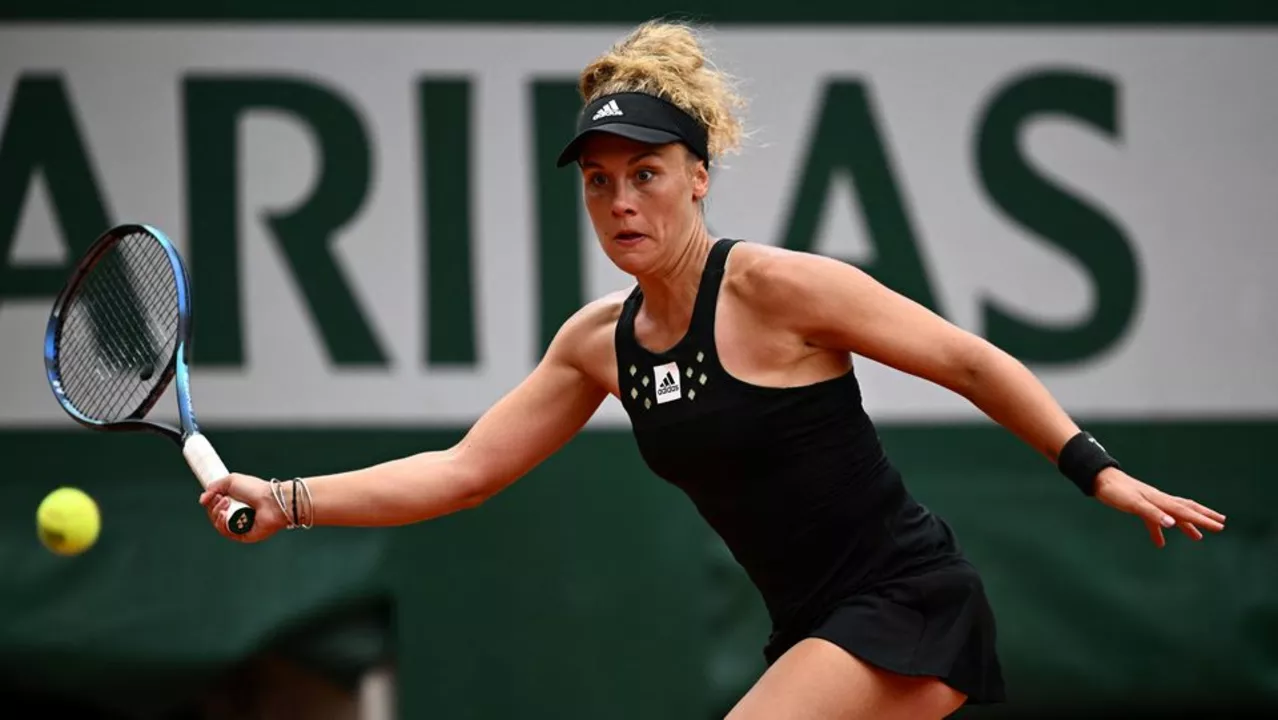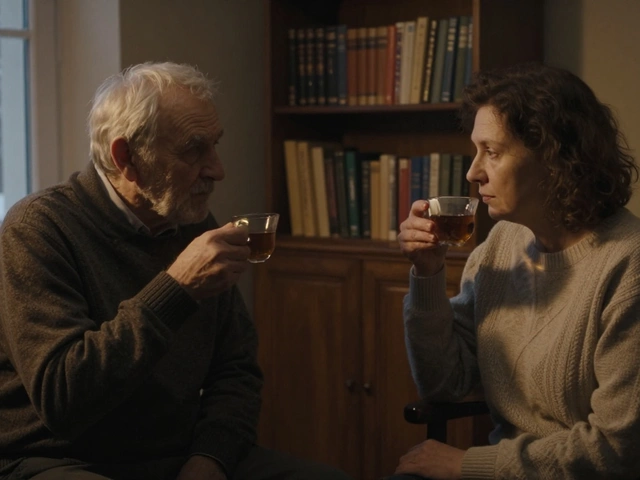April 2023 Tennis Tips & Insights
Welcome to the April roundup from PJP Tennis Hub. In just a few weeks we covered everything from why the top seeds dominate the biggest stages to the little habits that can save you a painful elbow. Below you’ll find quick takeaways you can apply to your next practice or match.
Why top seeds crush Grand Slams
Being a top‑seed isn’t just a badge – it’s a performance engine. High rankings let players stay mentally confident, because they know they’ve earned the spot. That confidence shows up in every serve, every rally, and especially on unfamiliar surfaces. Experienced seeds also have access to elite coaching and recovery teams, so they can adapt faster to the slower clay of Roland Garros or the speed of Wimbledon. The result? They often out‑play lower‑ranked opponents who are still finding their rhythm.
Game‑changing habits from this month
One of our most talked‑about tricks was the bend‑and‑reach technique when receiving serves. By dropping their center of gravity just before the ball lands, players improve balance, see the ball longer, and gain extra reach for a deeper return. Try bending a little more on your next practice feed and notice how the extra time changes your swing path.
We also cleared up a common myth about tennis shoes. Yes, you can toss them in the machine, but the agitation can fade colour and wear the sole faster. Hand‑wash or spot‑clean inside a mesh bag, then air‑dry. Your shoes will hold up longer and keep their grip where it matters.
Wristbands earned a shout‑out for good reason. Apart from soaking up sweat, they act as a quick mop for a drip on the face and help prevent racket slippage during long rallies. If you’re still playing without one, grab a cheap band and see how much steadier your forehand feels.
Got a close call on a line? The International Tennis Federation gives you one second to shout “out”. Anything longer and the point stays alive. Training yourself to call the ball quickly not only speeds up play but also builds credibility with partners and opponents.
Lastly, we warned about the usual pitfalls when treating tennis elbow. Skipping rest, forgetting ice, or using a brace incorrectly can turn a mild ache into a chronic problem. A short break, proper icing, and a well‑fitted brace are the three simple steps that most players overlook.
All these nuggets came from our April posts, and each one is designed to lift your game without buying expensive gear. Keep these tips in mind next time you step onto the court, and you’ll notice better consistency, fewer injuries, and a clearer mind during big moments.
Stay tuned for May’s deep dives, where we’ll tackle match‑day nutrition, mental toughness drills, and the latest racket tech. Until then, keep swinging, stay hydrated, and enjoy every point.
Top seeded tennis players have a distinct advantage when competing in grand slams. Their ability to consistently maintain their place in the rankings gives them the opportunity to play better than their opponents. This is due to their dedication to their craft, their experience, and the additional confidence they gain from playing on the big stage. They are also able to adjust to the different playing conditions and surfaces that are present in grand slams. All of these factors allow them to maximize their performance and give them an edge over their opponents. Furthermore, top seeded players also have access to better resources and coaching, allowing them to stay ahead of the competition.
Continue reading...



